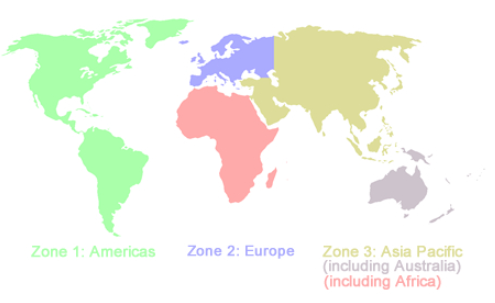Society Overview
The International Society of Posture and Gait Research (ISPGR), is a staff-supported, member driven organization with 500+ members located in over 20 countries around the world.
The society provides a multidisciplinary forum for basic and clinical scientists, provides member benefits and holds regular meetings in order to:
- Present and discuss the latest research and clinical findings relating to the control of posture and gait and related disorders.
- Facilitate interaction between members who meet from all corners of the globe.
- Promote the broad discipline of posture and gait research.
Board
President
Mark Hollands (Europe) Liverpool John Moores University, United Kingdom
Vice President
Vivian Weerdesteyn, (Europe) Radboud University Medical Centre
Secretary
Kim Delbaere (Asia-Pacific) Univeristy of New South Wales, Australia
Treasurer
Nicoleta Bugnariu, (Americas) University of North Texas Health Science Center, United States of America
Past President
Mark Carpenter (Americas) University of British Columbia, Canada
Elected Representatives: 2016 – 2020
Anouk Lamontagne, (Americas) McGill University
Mirjam Pijnappels, (Europe) MOVE Research Institute
Shinya Masahiro, (Asia-Pacific) The University of Tokyo
William Geoffrey Wright, (Americas) Temple University
Elected Representatives: 2018 – 2022
Sjoerd Bruijn, (Europe) VU Amsterdam
Sue Lord, (Asia-Pacific) Auckland University of Technology
Anat Mirelman, (Asia-Pacific) Tel Aviv University
Nominations and Elections
Board members can be nominated, or self nominate, to sit on the Board of Directors for a Board Term. Each term typically lasts four years in duration and elections are held every two years. The ISPGR member base vote on and determine the Board of Directors.
To be accepted for nomination all nominees:
- Must be current members in good standing
- Must have been a continuous member, in good standing, over the past four years minimum (2010-2014)
- Must be in a position to fulfill the expectations of the duties of Board Members
The board is particularly interested in members with skill sets related to organisational leadership, for example: Financial Management, Sponsorship / Partner Relations, Social Media / Communications, and skills transferable to managing and leading the Society.
Board members are expected to:
- Participate in quarterly meetings of the board (one meeting is a face-to-face meeting that takes place at the Society’s annual congress, the other 3 meetings are managed by teleconference call)
- Represent the views of members of the Society to the Board of Directors
- Serve on standing or ad-hoc committees as required
- Maintain their membership in good standing for the duration of their term
- Participate without consideration of financial compensation
- Responsible for electing officers from within the qualified list of Board Members, when these roles become vacant

History
1969
The International Society of Posturography was established in 1969 by a group of basic scientists and clinicians who had similar interests in quantifying postural sway during stance. Most of the Society members in the first years were from Europe and Japan.
1971-1983 Meetings
The first meetings took place in Madrid (1971), Smolenice (1973), Paris (1975), Sofia (1977), Amsterdam (1979), Kyoto (1981), and Houston (1983).
1992
By the 1992 meeting in Portland, Oregon, the Society had grown to over 300 members worldwide and member interests expanded to include sensory and motor control neurophysiology, biomechanics, movement disorders, neural circuitry, vestibular function, neurological disorders, effects of development and aging, rehabilitation, robotics, modeling, neural compensation, and motor learning as related to control of balance and gait.
1986
At the 1983 meeting in Houston the founders realized that interest in posturography had expanded to include the entire area of balance and gait control and at the annual meeting in 1986, the Society was renamed to The International Society for Postural and Gait Research, however it was more familiarly known as the International Society for Posture and Gait Research.
2010
In 2010, recognizing opportunities to grow the organization, the board secured professional association and conference management support and made the decision to host a conference with the Gait and Mental Function Conference.
2012-Present
The first joint ISPGR and Gait and Mental Function group conference was held in Trondheim, Norway (2012). The 2012 meeting was also the first meeting in a test of running the meeting in consecutive years. Additional meetings in this cycle included Akita, Japan (2013), Vancouver, Canada (2014) and Seville, Spain (2015). During these years, the Society revamped its Articles, decided to return to an bi-ennial congress pattern and made a minor adjustment to the Society name – now officially known as the International Society of Posture and Gait Research. With the change back to a bi-ennial congress pattern, the Board also decided to develop special initiatives to provide members with more opportunities to engage with the Society in various ways. Special initiatives being considered include: Summer Schools, Scientific Cafes (exchanges), Webinars and the development and delivery of special sessions during other conferences of interest to ISPGR members (i.e. ISB, ISEK, NCM etc).
